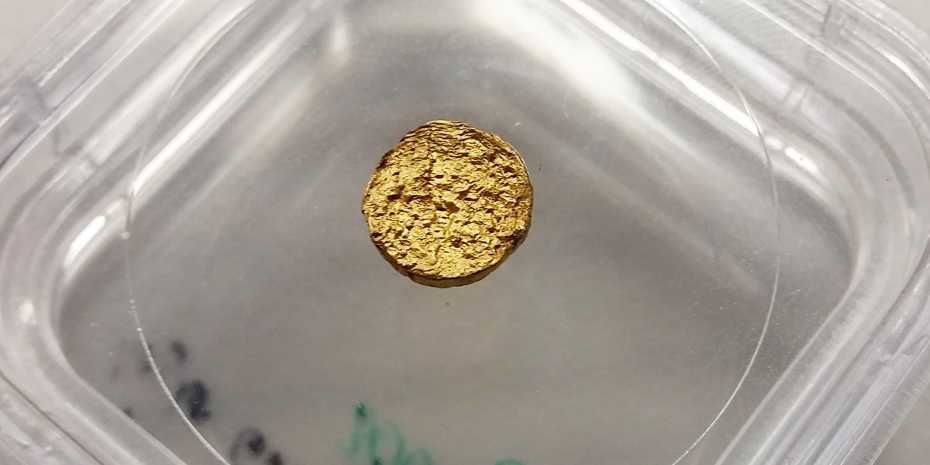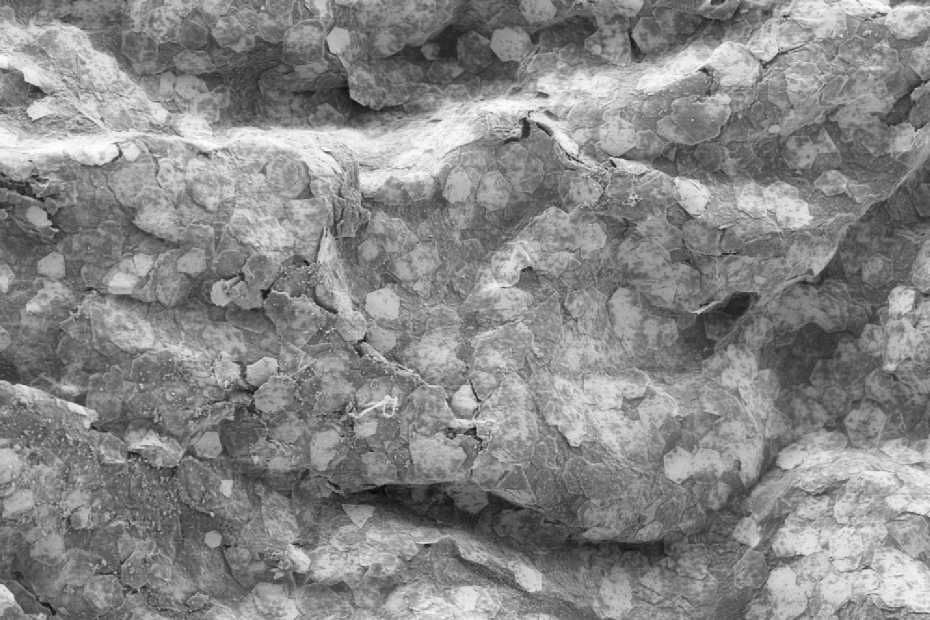Incredible as it may sound, researchers have been able to make gold out of plastic.
While gold is relatively heavy, the new gold form is much lighter, weighing as much as five times less than traditional 18-carat gold. This, the researchers believe, will make wearing gold jewellery more comfortable.
Standard 18-carat gold is a mixture of three parts gold and one part copper, with a density of about 15 g/cm3, and while it is possible to blend in other light weight alloys to reduce weight or cost, this new study set about utilizing nanotechnology as a way forward.
They did this by employing a polymer latex and protein fibres to form a matrix which they then embedded with thin discs of gold nanocrystals.

The result is a new lightweight gold containing countless minute air pockets invisible to the naked eye. Despite having a density of only 1.7 g/cm3, the final product is nonetheless still 18-carat gold.
The research team, led by Raffaele Mezzenga, a Professor of Food and Soft Materials, and Leonie van 't Hag from ETH Zurich, have now published their findings in the journal Advanced Functional Materials (‘Light Gold: A Colloidal Approach Using Latex Templates’). Here they describe the creation of, “A new 18 karat light gold, composed of gold single crystals, amyloids, and a polymer latex matrix.” Adding that, “It is similar to a glassy plastic, yet lighter than aluminium.”
To achieve this the researchers placed all the ingredients in water and created a dispersion. This was then turned into a gel by adding salt, and the water was then replaced with alcohol to create an alcohol gel.
As the ETH Zurich press release reports, “Then they place the alcohol gel into a pressure chamber, where high pressures and a supercritical CO2atmosphere enables miscibility of the alcohol and the CO2 gas; when the pressure is released, everything turns it into a homogeneous gossamer-like aerogel. Heat can be further applied afterwards to anneal the plastic polymers, thus transforming the material and compacting into the final desired shape yet preserving the 18-carat composition.”

“This gold has the material properties of a plastic,” says Mezzenga. This means that it glimmers like gold and can be polished and worked like gold, but if it hits the floor it sounds like plastic.
This can be seen and heard on the YouTube video published by the study's authors.
Furthermore, the researchers can adjust the material’s hardness by altering the composition of the gold. They can also replace the latex in the matrix with other plastics, such as polypropylene. Because polypropylene liquifies at a specific temperature, ‘plastic gold’ can mimic ‘real gold’ when it melts yet will do so at much lower temperatures.
Additionally, changing the shape of the gold nanoparticles can change the material's colour. ‘Nanoplatelets; replicate gold's typical shimmer, whereas spherical nanoparticles give the material a more violet tone.

The study is a follow up on the team’s previous work which produced a gold so light that it floated on cappuccino foam. “However, the material was not stable enough and could not be processed further,” explains Mezzenga. “This time, however, we set ourselves the goal of creating a light gold that can be used in most applications where gold is used today.”
While only time will tell if the new gold form will be a success with jewellers and their customers, the team is confident that the new nanoproduct will find a market. They believe that its low weight, gold look, low cost, and workability will make it a useful material for watches, bracelets, and necklaces. In addition, the team highlight how it is suitable for use in electronics, chemical catalysis, and even radiation shielding.
At present, the team have patents pending on both the process and the material and are continuing their work to develop other gold varieties. As Mezzenga notes, “As a general rule, our approach lets us create almost any kind of gold we choose.”
Photo credit: Ethz
